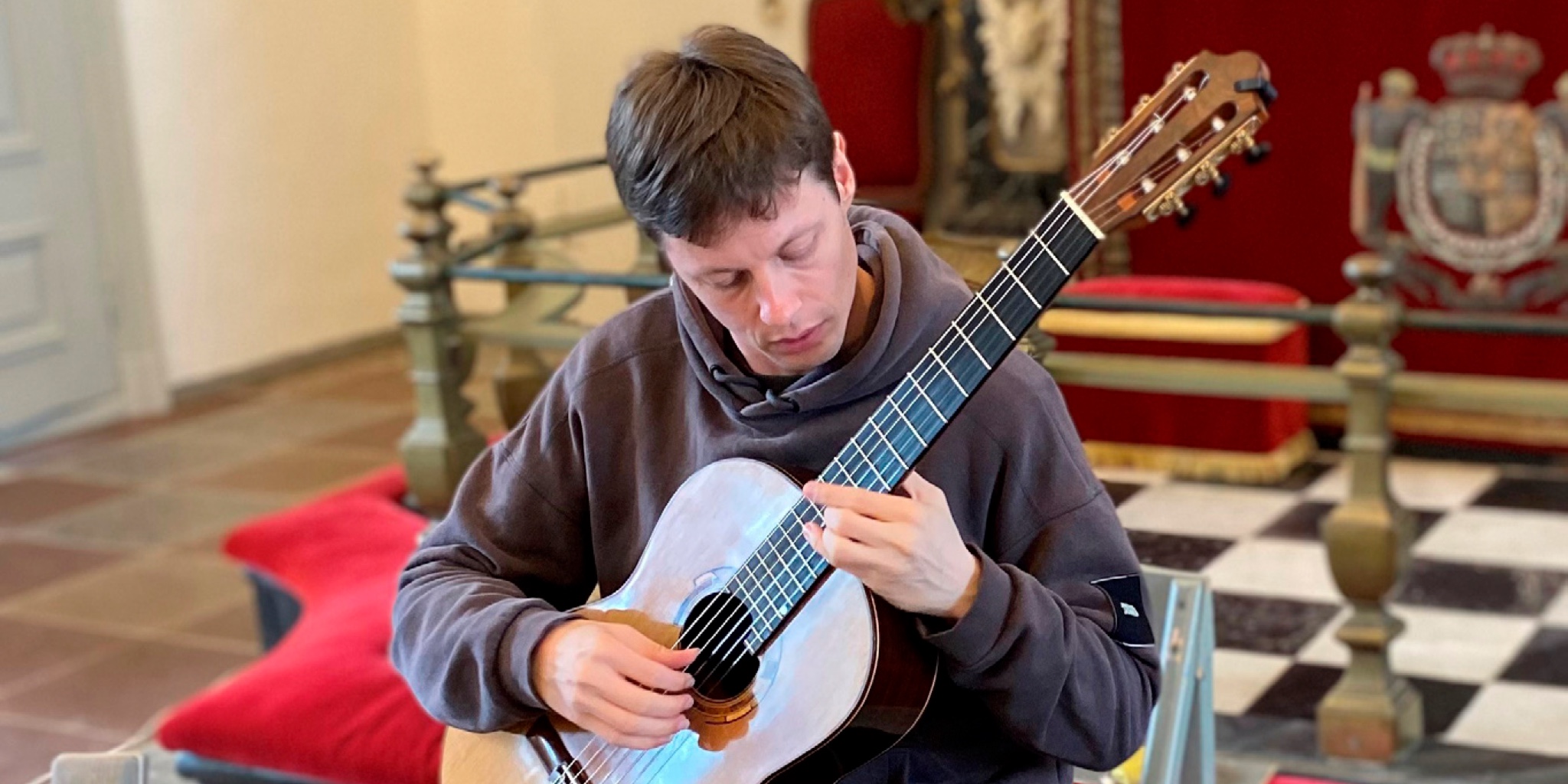Platero y Yo [Double Album]
Quality and Channels Help
As well as being a performer and critic, the Italian composer Mario Castelnuovo-Tedesco (1895-1968) wrote a considerable body of conventional diatonic music in a wide variety of idioms. In Platero y Yo, which dates from 1960, he set twenty-eight poems for narrator and guitar by the Spanish poet Juan Ramon Jimenez, which document what can only be called his love affair and travels with his donkey Platero, who dies suddenly in the twenty first song, La muerte. The version for guitar simply omits the narrator.
As mentioned, Castelnuovo-Tedesco’s style was very much grounded in major, minor orthodoxy, so there’s nothing to frighten the horses in his description of Sparrows, The Moon, The Canary etc. Nevertheless, without ever sounding anachronistic he creates some beautiful melodies, soundscapes and Iberian harmonies and underlying everything there is a quiet sense of melancholy. This a marvellous work and it difficult to understand why it so little known.
The young Danish guitarist Niklas Johansen, who read the poems in Spanish and went to Spain prior to recording the work, uses every aspect of his technique and refulgent tone to vividly characterise each piece and has far more personality and projection than say Catherine Liolios (EMEC) who also uses a different playing order.
OUR record in DXD so the DSD512 download was used, which is the nearest digital can get to classic analogue. Despite being recorded in a chapel the reverberation time is reasonably well controlled, Johansen’s rich tone is superbly caught, and he is very much there in front of you.
The booklet contains English versions of the poems and some marvellous drawings, but there is no track listing.

![8226930.jpg Platero y Yo [Double Album]](https://media.cdnb.nativedsd.com/storage/nativedsd.com/wp-content/uploads/2025/10/03150714/8226930-500x500.jpg)
